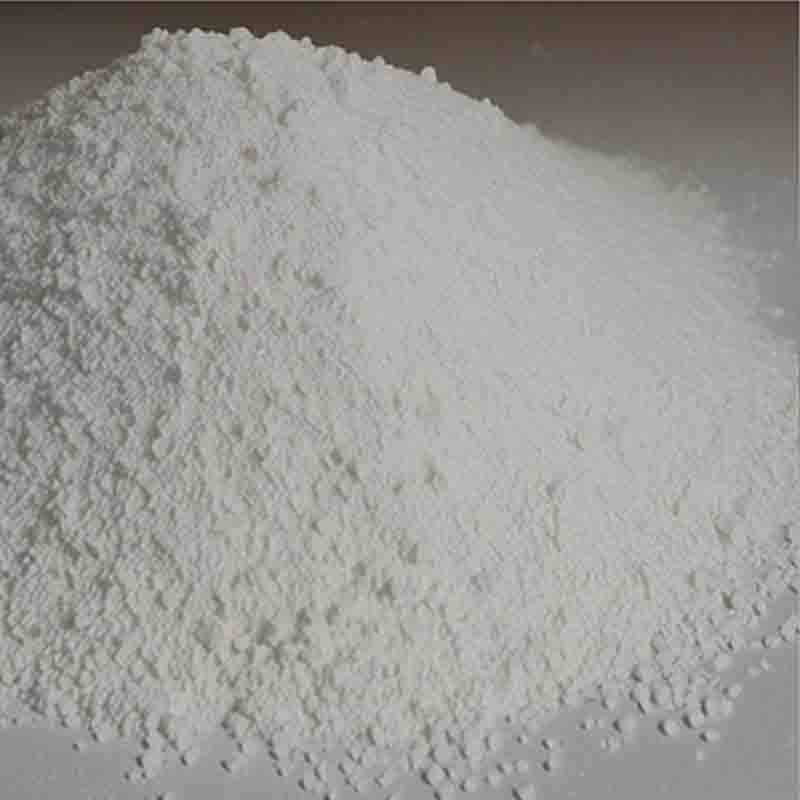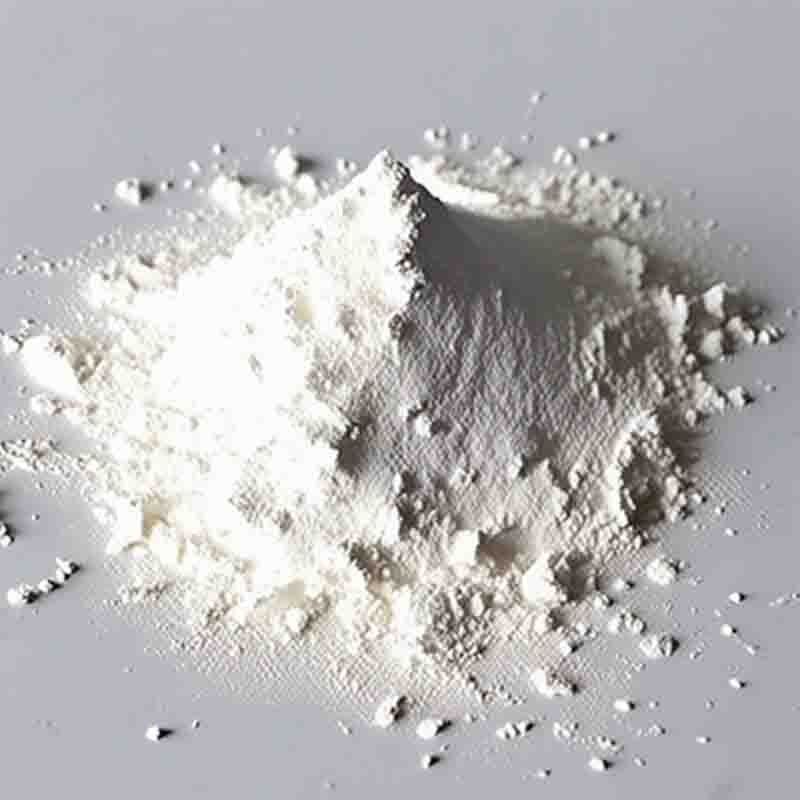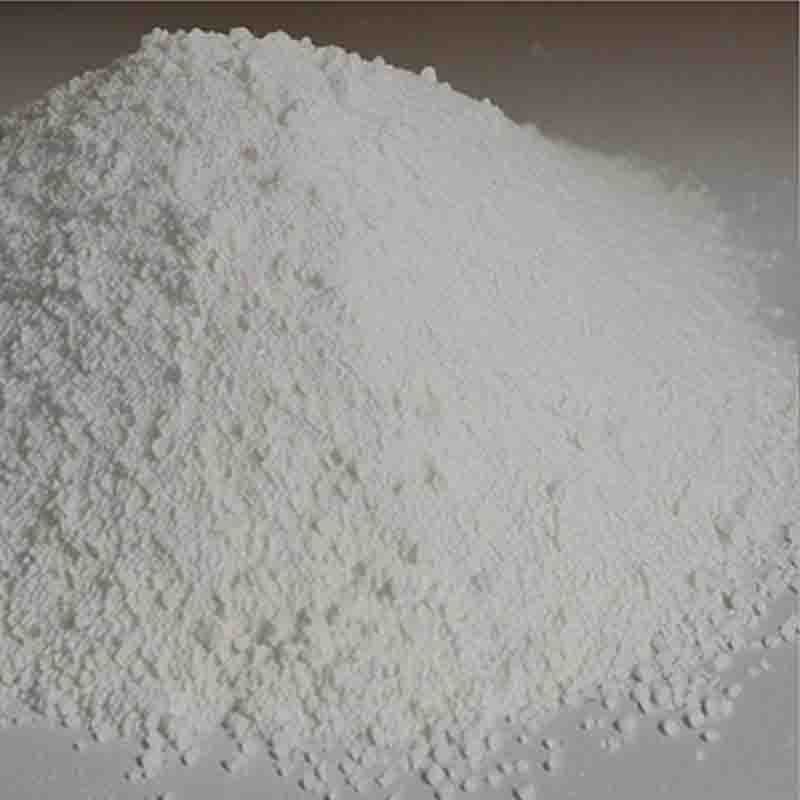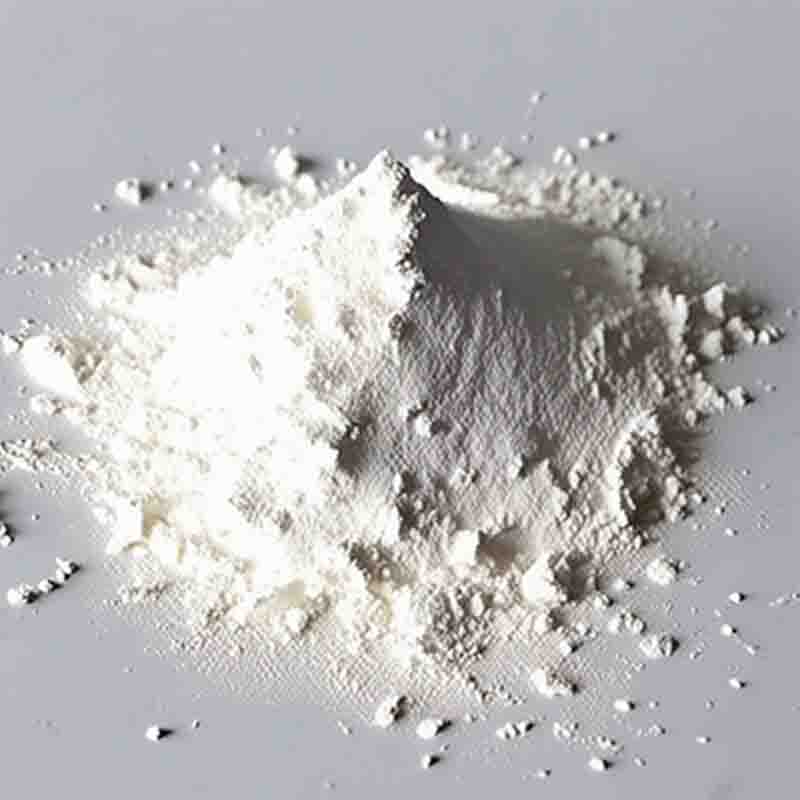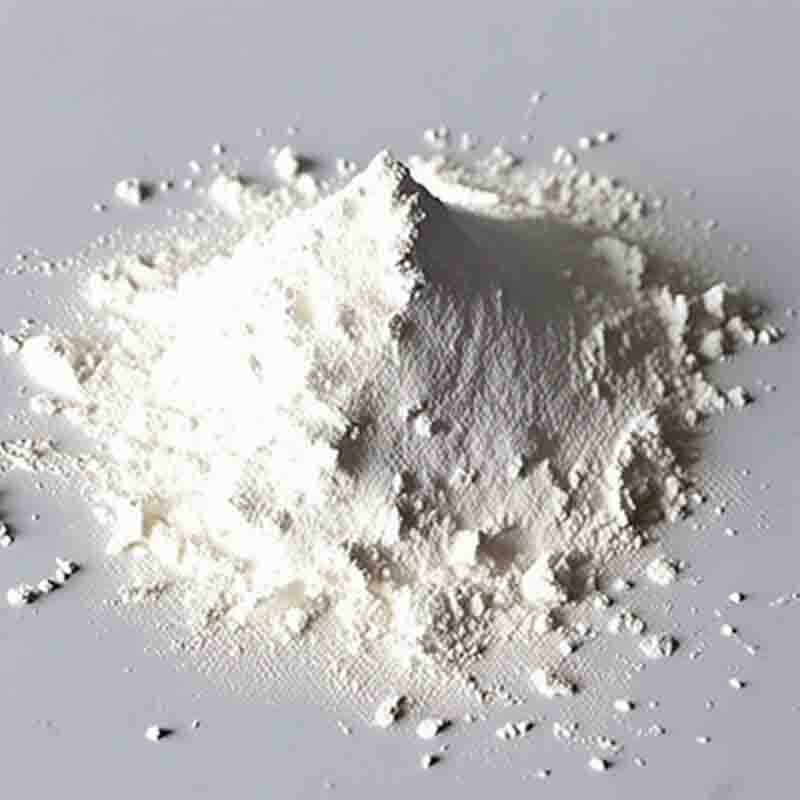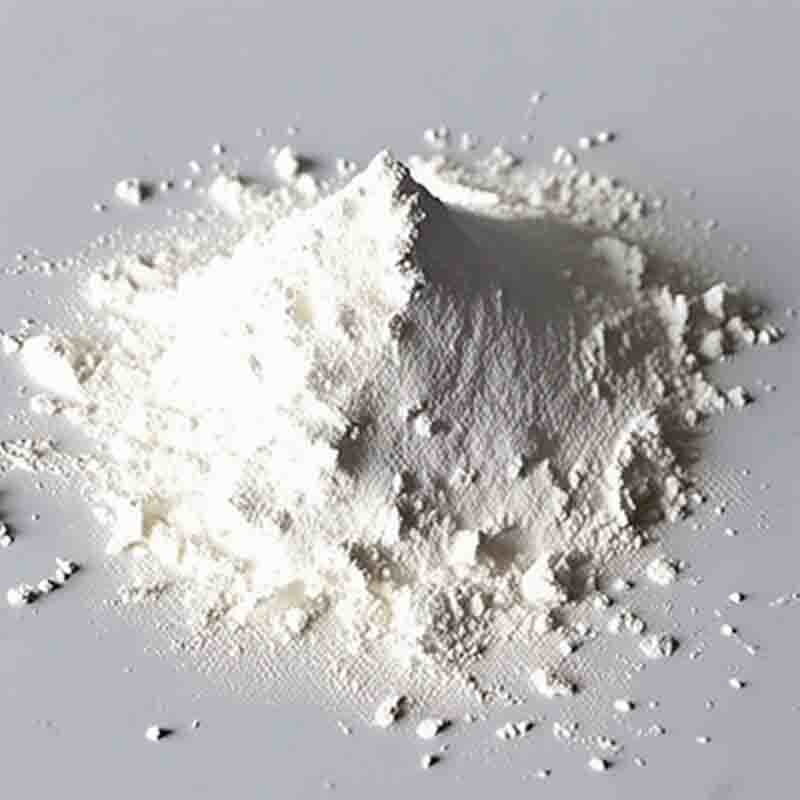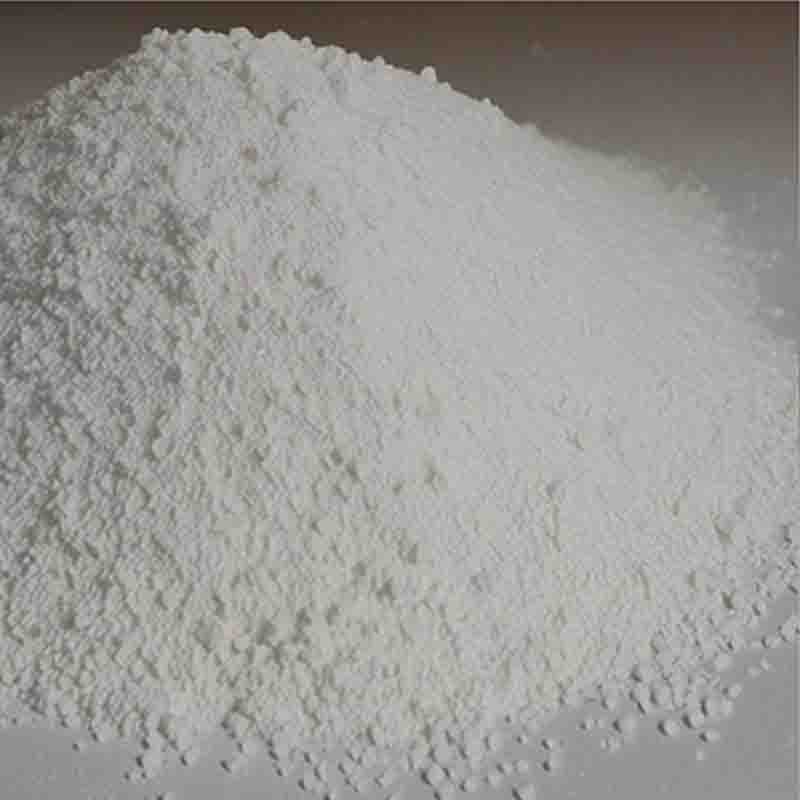3-Chloro-2-hydroxypropyltrimethylammoniumchloride CAS:3327-22-8
| Catalog Number | XD95996 |
| Product Name | 3-Chloro-2-hydroxypropyltrimethylammoniumchloride |
| CAS | 3327-22-8 |
| Molecular Formula | C6H15Cl2NO |
| Molecular Weight | 188.1 |
| Storage Details | Ambient |
Product Specification
| Appearance | White powder |
| Assay | 99% min |
3-Chloro-2-hydroxypropyltrimethylammonium chloride, also known as CHPTAC, is a quaternary ammonium compound that is widely used in various industrial applications. It has several effects and uses, which we will explore further in this response.One of the main effects of 3-Chloro-2-hydroxypropyltrimethylammonium chloride is its cationic nature. This compound has a positive charge, which makes it useful as a cationic surfactant and conditioning agent in personal care products such as shampoos, hair conditioners, and fabric softeners. It helps to neutralize the negative charges on surfaces, allowing for better film formation and enhanced material properties.In addition to its surfactant properties, CHPTAC also serves as a reactive intermediate in the synthesis of various chemicals. It is commonly used as a quaternizing agent in the preparation of cationic polymers, such as poly(diallyldimethylammonium chloride) and poly(ethyleneimine), which find applications in water treatment, papermaking, and textile industries.Another important effect of 3-Chloro-2-hydroxypropyltrimethylammonium chloride is its antimicrobial properties. This compound exhibits biocidal activity against a wide range of microorganisms, including bacteria, fungi, and viruses. It is often used as a preservative in cosmetics, household cleaners, and industrial water treatment systems to prevent microbial growth and contamination.However, it is important to note that CHPTAC can have adverse effects on human health and the environment if not handled properly. It is toxic when ingested or inhaled, and can cause skin and eye irritation. Prolonged exposure to high concentrations of CHPTAC may lead to more severe health effects, including respiratory issues and damage to the liver and kidneys. Therefore, appropriate safety measures should be followed when handling this compound, including the use of protective equipment and proper ventilation.In conclusion, 3-Chloro-2-hydroxypropyltrimethylammonium chloride, or CHPTAC, has several effects and uses in different industries. It acts as a cationic surfactant and conditioning agent in personal care products, serves as a reactive intermediate in chemical synthesis, and exhibits antimicrobial properties. However, it is crucial to handle this compound with care to minimize potential health risks and environmental impact.


